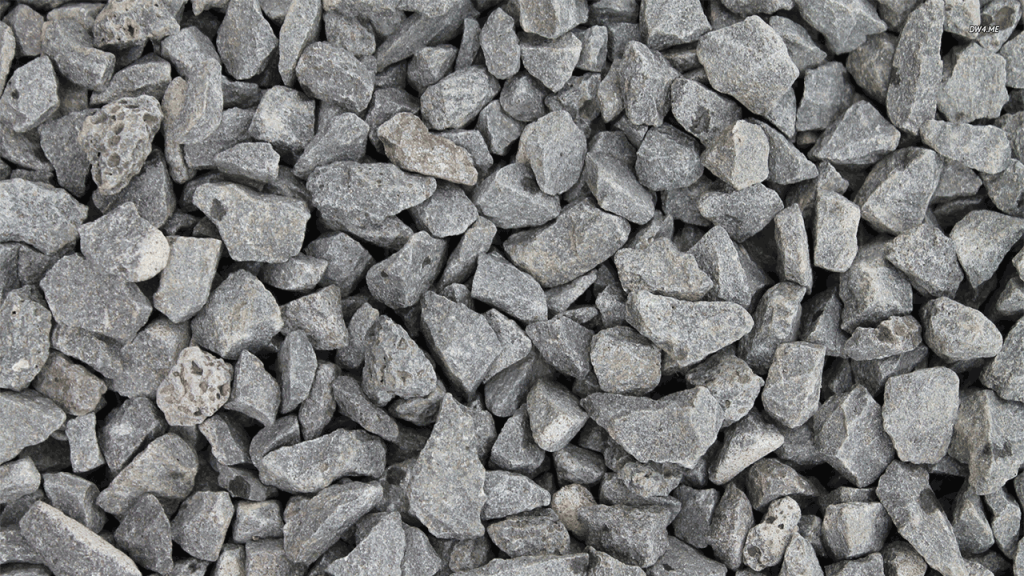GEM Engserv Pvt. Ltd is an ISO 9001:2015 certified organization, certified by TUV India in accreditation with National Accreditation Board for Certification Bodies (NABCB).
GEM Engserv Pvt. Ltd is an ISO 9001:2015 certified organization, certified by TUV India in accreditation with National Accreditation Board for Certification Bodies (NABCB).

We all recognize Portland cement to be central to all forms of concrete. Cement and cementitious materials are rightfully given considerable attention by all stakeholders; researchers, academicians and practicing Engineers. While it is true that there would be no concrete without cement, this should not translate into ignoring the aggregates. The aggregates (both coarse and fine, though this article is more about the coarse aggregates) do not receive the attention that they deserve. Let us look at the contribution of the humble coarse aggregate to the concrete.
Concrete comprises of almost 50% of coarse aggregates by weight and more than 80% by volume. It is amongst the cheapest constituent of concrete, competing with water. It is perhaps the low cost of the aggregate that somehow lowers its esteem in our minds. Add to it the fact that the aggregate is available in abundance in almost all parts of the world and the reason for its lowly image becomes clearer.
Another reason why we tend to take the coarse aggregates for granted is the excessive focus on the compressive strength of concrete. The sooner we realise that other characteristics of concrete are also very important, the sooner we will start paying greater attention to the aggregates. Apart from the compressive strength, the following characteristics of concrete play an important role in its overall performance:
But to begin with, even the compressive strength of concrete is strongly influenced by the quality of coarse aggregates. In the days of low and medium strength concrete, much of the coarse aggregate had abundant mechanical strength and the cement paste or the bond was invariably the factor that determined the strength of concrete. With the higher strength of the cement paste of the modern day concrete, the mechanical properties of the coarse aggregates can be the deciding factor for the concrete strength! In a sense, the coarse aggregate does not provide the strength (like the cement does), but it proves to be a limiting factor.
Similar to the idea of strength, aggregate does not provide workability, it rather proves to a limiting factor for the workability. Its contribution through grading and shape (angularity) is very significant in achieving good workability and cohesion in fresh concrete.
The permeability of concrete is sought to be linked to the w/c ratio, which contributes to the permeability of the paste. But we should realize that the aggregates also contribute a great deal in concrete’s permeability as they occupy a very large volume. The tortuosity of the coarse aggregates play an important role in the permeability of concrete and this is controlled by the elongation & flakiness index of the aggregates
Unlike the strength and workability, what the aggregates definitely provide is volumetric stability to concrete. Without the aggregates, the mortar or cement paste can shrink significantly. Most practising Engineers have come across unsightly and large plastic shrinkage cracks in concrete where the cement paste / mortar gets concentrated, such as the top of a deep wall or column. By providing internal restrain, the aggregates help control the shrinkage of concrete and reduce the chance of shrinkage cracks. Plastic and drying shrinkage cracks account for the largest incidence of cracking of concrete, and we must be thankful to the coarse aggregate in getting things out of hand in this regard.
Both these characteristic of concrete depend more on the type of aggregate than the cement paste. While the design codes conveniently provide a formula for the former and a fixed value for the later, in actual practice, the coarse aggregate may cause the concrete to have significantly different values. Once again, the effect of these changes would be on the cracking potential of concrete and its creep characteristics. These aspects assume significance in very long, tall or massive structures and therefore we tend not to worry about these parameters.
Hopefully, with increasing awareness of the importance of creating crack-free concrete (and not just high-strength concrete), we will start paying more attention to the ubiquitous coarse aggregates. After all there are literally a million pieces of coarse aggregate in a typical cubic meter of concrete!